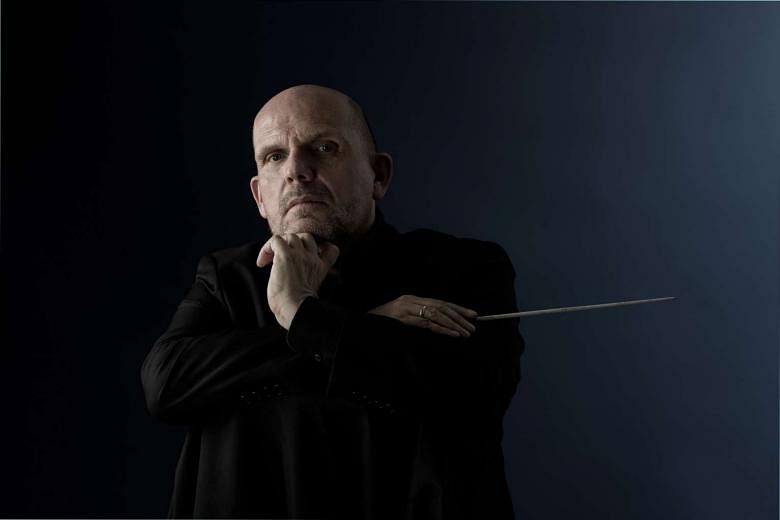REVIEW / CONCERT
HONG KONG PHILHARMONIC ORCHESTRA
Hong Kong Philharmonic Orchestra - Jaap van Zweden (conductor), Ning Feng (violin)
Esplanade Concert Hall
Monday
Tonight's concert by the Hong Kong Philharmonic Orchestra was the third of its five-city tour to mark the 20th anniversary of the establishment of the Hong Kong Special Administrative Region (HKSAR) and a celebratory spirit was ever-present, from the opening work to the highly spirited finale of Mahler's first symphony.
Long regarded as one of the leading Asian orchestras, the announcement early last year that its music director Jaap van Zweden was to be the music director of the New York Philharmonic Orchestra for its 2018/19 season, while retaining his role in Hong Kong, propelled the Hong Kong Philharmonic into the limelight in the musical world.
The concert opened with Lam Fung's Quintessence, a 2014 commission for the Hong Kong Philharmonic's 40th year as a professional orchestra. Lam's programme notes make reference to the five aggregates of Buddhism and quintessence in Greek philosophy, neither of which really served to enlighten this reviewer.
His series of short contrasting musical clips was nonetheless highly captivating and a great vehicle to show off the orchestra's virtuosity and the vibrancy and contrasts that are the essence of Hong Kong.
The 10-minute work showed how far the group has progressed under van Zweden and his predecessor Edo de Waart, to become a fine orchestra with very strong strings and well-balanced wind and percussion sections.
Next up was Mozart's Violin Concerto No. 4, with Berlin-based Chinese violinist Ning Feng, a favourite guest soloist of the group and the Singapore Symphony Orchestra. A player of unquestionable technical ability, his beautiful tone and superb musicality made the concerto a high point of the evening.
Van Zweden and the reduced forces of the orchestra opened the first movement energetically and poised. Ning joined the orchestral violins in the opening section, then followed on with his solos, which were animated and rhythmic.
The second movement of the concerto is among Mozart's most effusive and Ning played this with wonderful expressiveness, avoiding overindulgence, and he closed the concerto with a very poised Roundeau. The Hong Kong Philharmonic partnered Ning as only well-rehearsed close friends could, sympathetically and seamlessly, bar a minor wobble in the final movement.
Mahler's jubilant first symphony Titan provided the orchestra the room to fully show off its full potential and van Zweden duly obliged with a vibrant reading of the work. The opening movement was measured, slightly subdued, with the conductor holding back the orchestra precisely as per the composer's directions, "very restrained throughout".
The intensity built with the successive movements, with some Viennese swagger appearing in the second movement Landler folk dance. The symphony has major solo passages for just about every instrument and the wind sections of the orchestra were most impressive, in particular the trumpets and the sizzling horn section.
There were some wind intonation issues, but van Zweden led a strong, controlled reading of the work, adding intensity and depth as the symphony progressed. There was much to admire in his control and shaping of the music, although a little more freedom in the orchestral solos would have been welcome.
By the triumphant ending of the symphony, the orchestra had morphed from a fine-sounding young ensemble to a self-confident, slightly strident Asian orchestra that had come of age.

